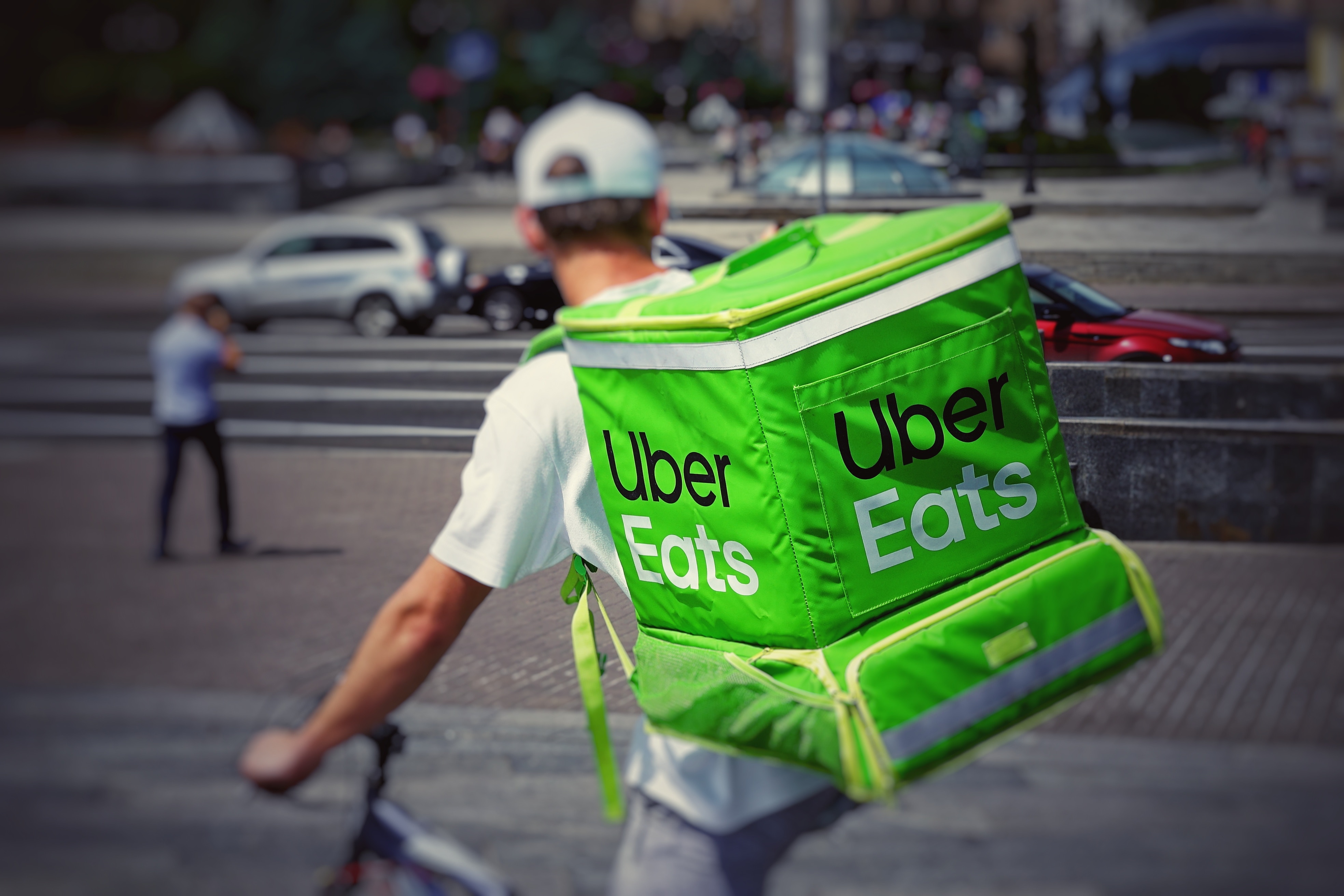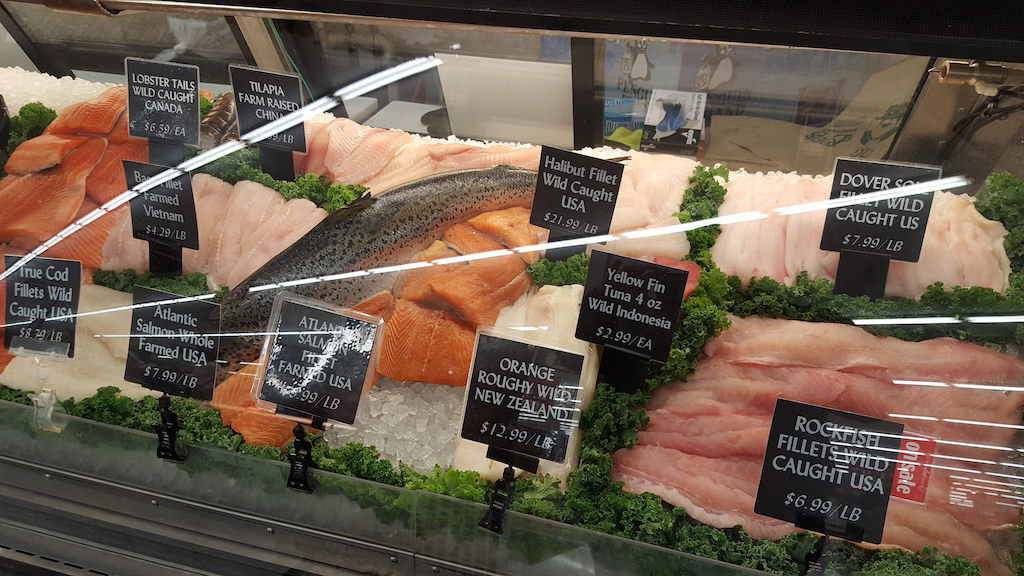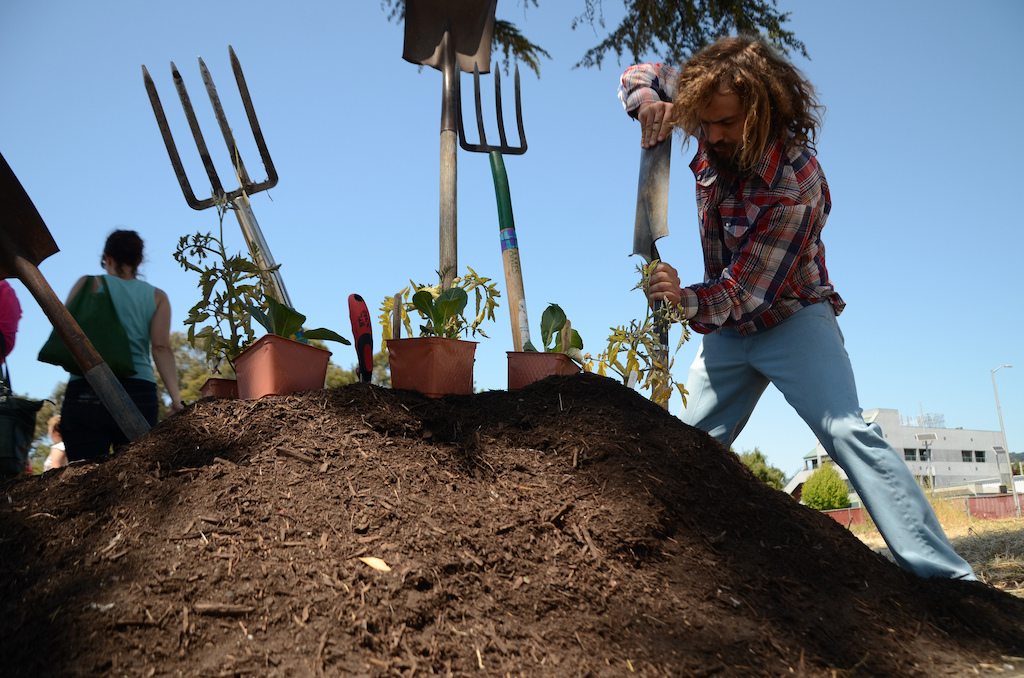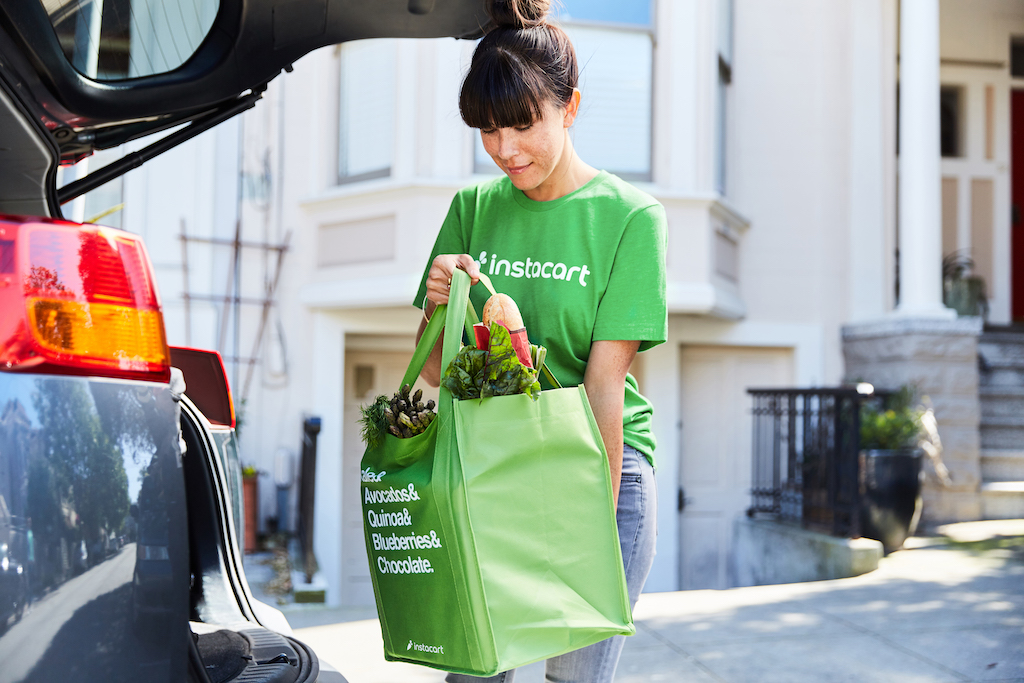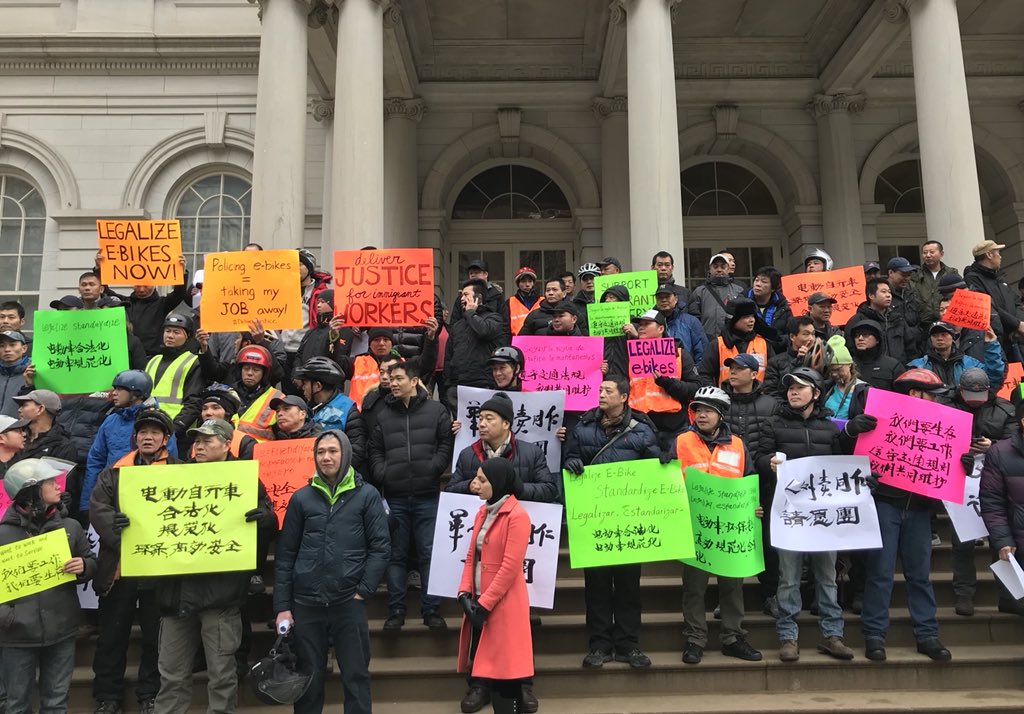
Biking Public
At the end of his shifts as a bike delivery worker in New York City, Xiaodeng Chen would sometimes have hallucinations. Mental fatigue and physical exhaustion were symptoms of his former job, where he delivered between 20 and 35 orders for a dessert shop in Hell’s Kitchen during 8-hour shifts.
“On the subway home, I couldn’t even think.”
New York is a city whose hunger for instant gratification is powered by a network of delivery workers like Chen, who make their livings through a patchwork of restaurant employment and delivery-service contract work. Many restaurants hire these delivery workers directly, and they often work in the back-of-house as needed. UberEats, Postmates, and Grubhub, which owns Seamless, have networks of drivers, who are independent contractors, and the platforms take a commission from participating restaurants.
Chen makes clear a few other factors about his work as a delivery cyclist: He was in his mid-20’s at the time, in good physical condition, and working only weekends.
But of the profound post-shift burnout, he says: “Anyone would experience this fatigue if they worked five days, or six days, or seven days a week.” Now 29, Chen no longer works in food delivery. Of the people who do, however, many are older than him, and to ease the physical strains of the work, they often use e-bikes. Because, they say, they have to.
“[Some] delivery workers are over the age of 50 or 60, it’s an exhausting day for them using an e-bike. Using a normal bike, it’s not possible,” says Chen.
Cycling advocates say that e-bike laws unfairly target food delivery workers, who rely on the slight advantage of speed and ease on the body that the bikes provide. De Blasio and other elected officials, on the other hand, argue that e-bikes endanger pedestrians, and that commercial riders are notorious for violating traffic laws.
The disagreement reached a boiling point on Monday outside New York’s City Hall, where approximately 200 protesters held a rally to protest de Blasio’s impending crackdown.
To be clear, there’s some confusion about actually what qualifies as an e-bike. There is the pedal-assisted variety, which has a motor that only kicks in if the rider is peddling. And then there are so-called throttle bikes, which can propel a bike without any peddling needed.
Both are illegal in New York City and neither can be registered with the New York State DMV, as other motorized, two-wheel commercial vehicles like mopeds or motorcycles can. Federally, e-bikes are categorized as consumer products, but they are illegal to use in New York State. This means you can buy one at your neighborhood bike shop, but you can’t ride it.
Or you can, and risk getting pulled over by the NYPD and fined $500.
“Banning e-bikes and terminating [e-bike delivery workers’] careers is absolutely excessive,” says former food delivery driver, Xiaodeng Chen
“The environment was really positive. We had a great turnout. The majority of the people were delivery cyclists themselves [….] The atmosphere was also one of people who are frustrated with the mayor’s policies regarding e-bikes.”
Perhaps anticipating outcry over the seeming inequity of targeting a mode of transportation used by a largely low-income and immigrant population, the mayor’s office is insisting that the order is intended to punish restaurants whose workers use e-bikes, not the workers themselves.
“Electric bikes are illegal to operate on city streets and those at the top of the food chain need to be held accountable,” Austin Finan, a spokesperson for the mayor told New Food Economy in an email. “Instead of merely targeting riders, we’re going after businesses that look the other way and leave their workers to shoulder the fine.”
“We’ve heard from e-bike workers that if their e-bike has been taken away, they may not necessarily want to interact with law enforcement, they might not have photo ID to get their e-bikes back,” Persephone Tan points out. Tan is an associate director at the Asian American Federation, another organization that co-organized Monday’s protest.
When asked about the possibility that restaurants would pass these fines onto bikers through wage cuts or termination, the mayor’s office said workers could take the issue to the police.
But how much do e-bike incidents contribute to the city’s overall accident tally? Truth is, we don’t really know. Of the 19,983 collisions in October 2017, 439 involved bicycles, compared to 39,280 which involved motorists, according to a NYPD report on traffic data. But as DNAinfo reported in October, the NYPD doesn’t have a collision category for e-bikes.
Chen concedes that commercial bicyclists do sometimes break traffic laws. Though, that could also be said of plenty of other city cyclists, too.
“It’s completely possible to communicate with that. But banning e-bikes and terminating [e-bike delivery workers’] careers is absolutely excessive,” he says.
But there’s another, perhaps more timely concern. Attempting to eliminate e-bikes conflicts with the city’s stated “sanctuary” values, says Caroline Samponaro of Transportation Alternatives, another rally organizer. Indeed, many bicycle delivery workers are undocumented.
“This enforcement crackdown will put an already at-risk community at greater risk and challenge the sanctuary city status of New York. We continue to advocate for the mayor focusing his attention on getting a state law passed that legalizes pedal-assist e-bikes.”
New York, perhaps more than any other American city, fuels its endless appetite for speed and convenience on the backs (and bikes) of its delivery workers. They’re as ubiquitous an image as halal food carts and fruit trucks: middle-aged men in fluorescent vests skidding past with packaged food on the backs or handlebars of their bikes. In this city, everything from groceries to wine can be ordered with the tap of a finger and delivered as quickly as you can shake yours at someone blasting through a red light. Delivery apps often feature count-down clocks that promise you your dinner in 15 minutes. New Yorkers simultaneously apply and endure the pressure that comes from being conditioned to expect instant wish fulfillment.
Love the biker, hate the bike? 2018 may tell us for sure.


